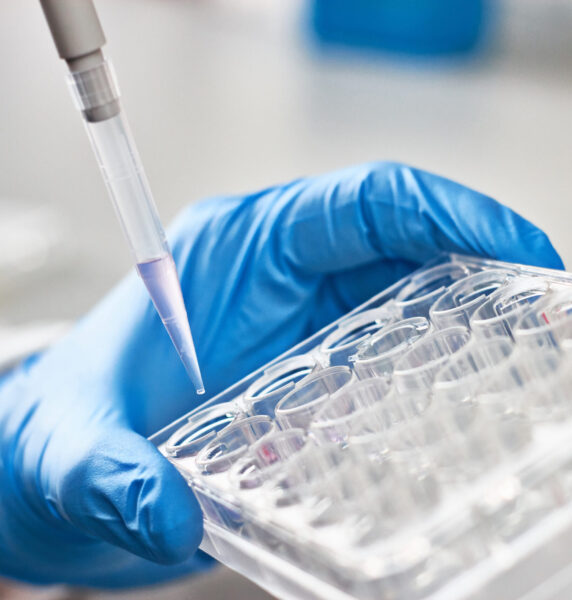
Most of the metabolism workflows imply the analysis of multiple samples, like multiple incubation times, multiple matrix, or multiple conditions. Therefore, in addition of the automation of the single analysis steps (peak detection and metabolite structure elucidation) we have also developed tools that automatize the parsing and clustering of the results from multiple sample experiments storing the results that ensure the integrity of the original data as well as the steps used to get to the final reports.
The overall process can now be done without human intervention, reducing the time needed by experts to analyze a single analysis, and increasing the throughput of the experiments providing more information to the projects that can make better and faster drug design decisions.
Articles:
- Understanding the Metabolism of Proteolysis Targeting Chimeras (PROTACs): The Next Step toward Pharmaceutical Applications
- October 2020. Goracci L, Desantis J, Valeri A, Castellani B, Eleuteri M, Cruciani G.J
- Metabolite Identification Using An Ion Mobility-Enhanced Data-Independent Acquisition Strategy and Automated Data Processing. Rapid Commun Mass Spectrom
- June 2020. Radchenko T; Kochansky CJ; Cancilla M; Wrona MD; Mortishire-Smith RJ; Kirk J; Murray G; Fontaine F; Zamora I
- Development, optimization and implementation of a centralized metabolic soft spot assay
- April 2017. Paiva AA; Klakouski C; Li S; Johnson BM; Shu YZ; Josephs J; Zvyaga T; Zamora I; Shou WZ
- Metabolism study and biological evaluation of bosentan derivatives
- October 2016. Lepri S, Goracci L, Valeri A, Cruciani G.
- Software-aided structural elucidation in drug discovery
- November 2015. Ahlqvist M; Leandersson C; Hayes MA; Zamora I; Thompson RA
- High-throughput, computer assisted, specific MetID. A revolution for drug discovery
- Spring 2013. Zamora I; Fontaine F; Serra B; Plasencia G
- Software automation tools for increased throughput metabolic soft-spot identification in early drug discovery
- May 2013. Zelesky V; Schneider R; Janiszewski J; Zamora I; Ferguson J; Troutman M
- Update on hydrocodone metabolites in rats and dogs aided with a semi-automatic software for metabolite identification MassMetaSite
- May 2013. Li AC; Chovan JP; Yu E; Zamora I
- Enhanced metabolite identification with MS(E) and a semi-automated software for structural elucidation
- November 2010. Bonn B; Leandersson C; Fontaine F; Zamora I
Posters:
- Kinetic analysis during the metabolite identification process
- 05 June 2016. 64th ASMS Conference on Mass Spectrometry and Allied Topics, San Antonio, TX (United States of America)
- Development of higher-thoughput metabolic soft spot assay with integrated assessment of Glutathione adduct formation
- 05 June 2016. 64th ASMS Conference on Mass Spectrometry and Allied Topics, San Antonio, TX (United States of America)
Videos:
- PROTAC Metabolite Identification
- Practical Applications for Drug Discovery 2020 Webinar. Ismael Zamora
- Automation of Metabolite Identification
- Practical Applications for Drug Discovery 2020 Webinar. Ismael Zamora
- Spatial Localization and identification of Drug and Metabolites
- Practical Applications for Drug Discovery 2020 Webinar. Sara Tortorella, Giulia Coliva



